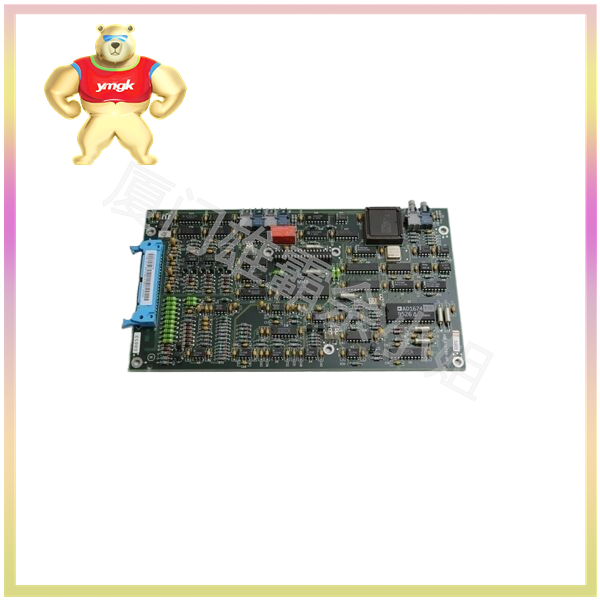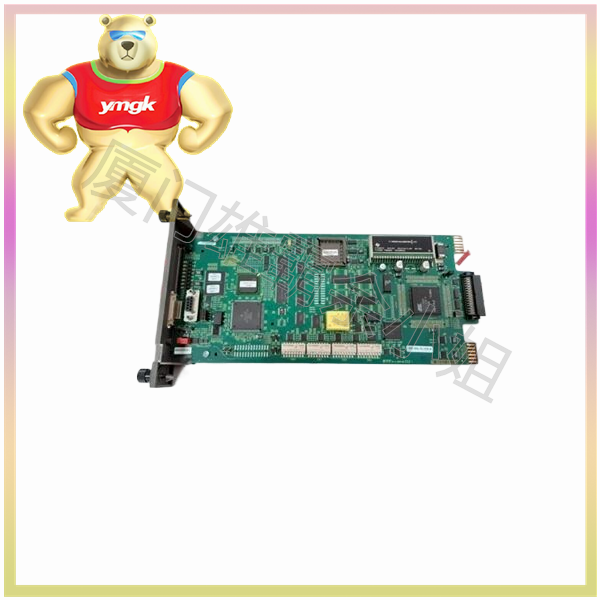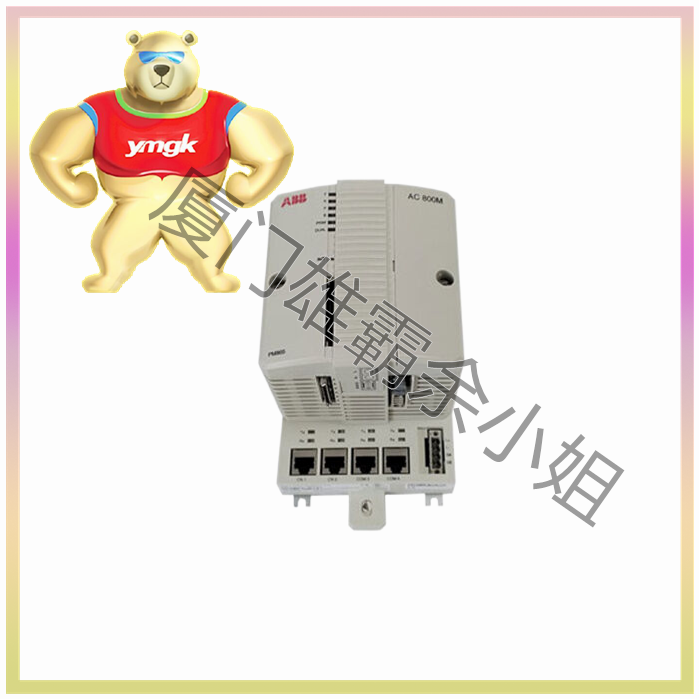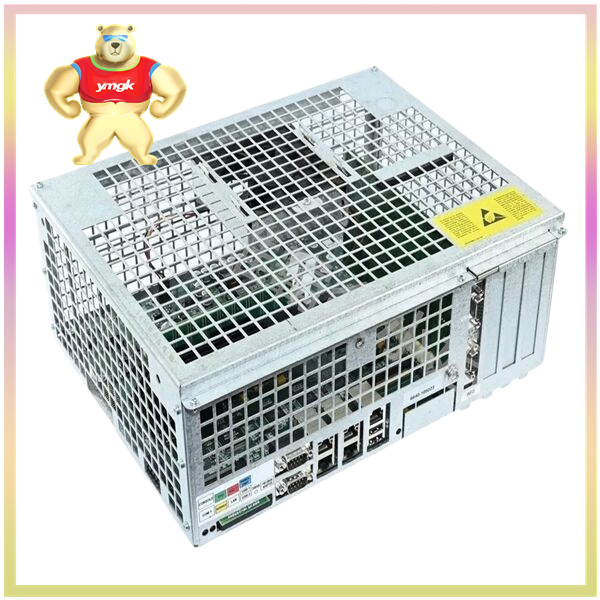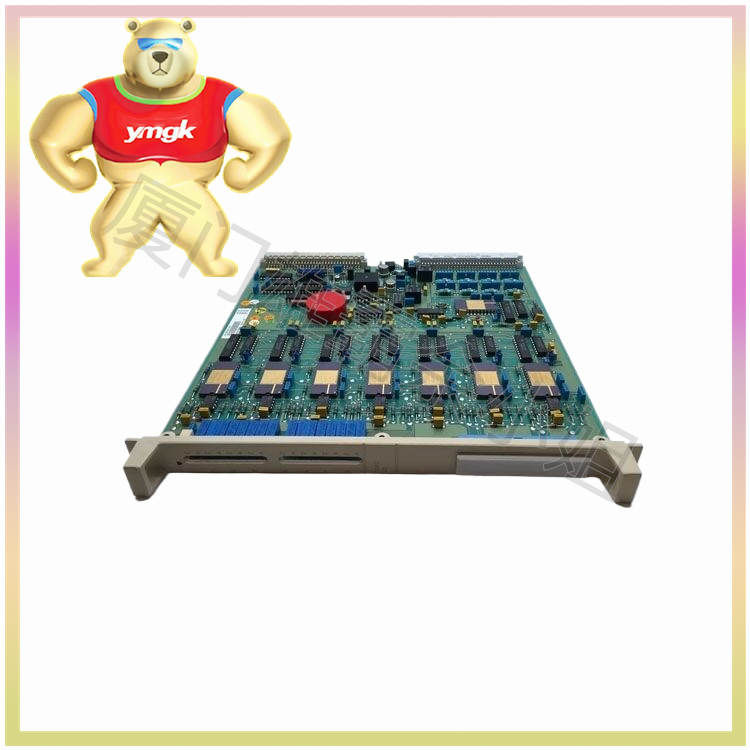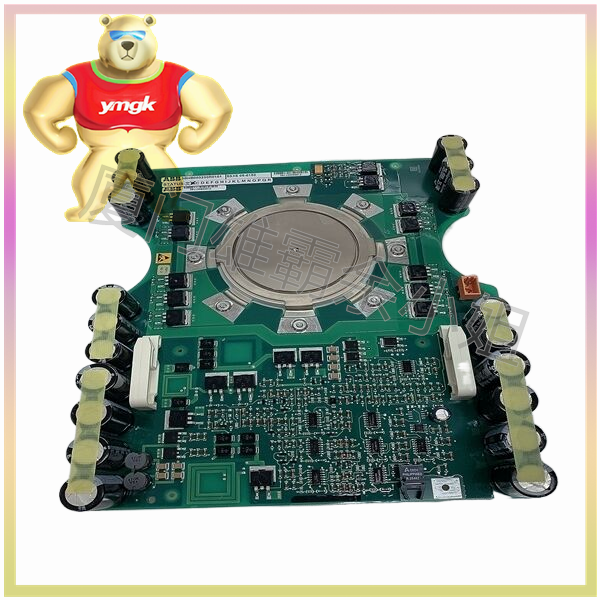Controllers are divided into combinational logic controllers and microprogram controllers, each with its own strengths and weaknesses. The design of combinational logic controllers is complicated and structurally complex. Once the design is completed, it cannot be modified or expanded, but it is fast. The microprogram controller is easy to design, has a simple structure, and is convenient for modification or expansion. To modify the function of a machine instruction, simply reprogram the corresponding microprogram;
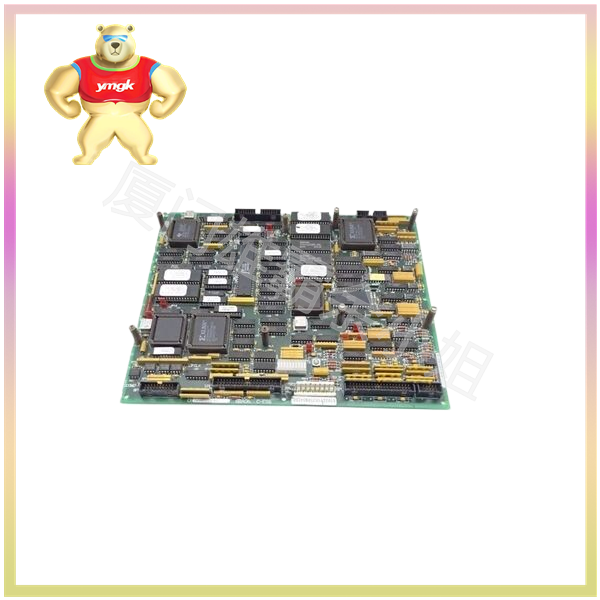
To add a machine instruction, simply add a microprogram to the control memory, but it is done by executing a microprogram. The specific comparison is as follows: a combinational logic controller, also known as a hard wired controller, is composed of logic circuits and relies entirely on hardware to implement the functions of instructions.
A controller refers to a master command device that controls the starting, speed regulation, braking, and reverse of an electric motor by changing the wiring of the main circuit or control circuit and changing the resistance value in the circuit in a predetermined order. Composed of program counters, instruction registers, instruction decoders, timing generators, and operation controllers, it is the “decision-making body” that issues commands, that is, it completes the coordination and command of the entire computer system’s operations.
The composition of the controller: The motor controller mainly consists of the following parts:
- The electronic control module includes hardware circuits and corresponding control software. The hardware circuit mainly includes microprocessors and their ZUI subsystems, monitoring circuits for motor current, voltage, speed, temperature and other states, various hardware protection circuits, and communication circuits for data exchange with external control units such as vehicle controllers and battery management systems. The control software implements corresponding control algorithms based on the characteristics of different types of motors.
- The driver converts the control signal of the microcontroller for the motor into the driving signal for the power converter, and achieves isolation between the power signal and the control signal.
- The PowerConverter module controls the motor current. The power devices commonly used in electric vehicles include high-power transistors, gate turn off thyristors, power field-effect transistors, insulated gate bipolar transistors, and intelligent power modules.
2、 The working principle of the motor controller is that the motor drives the car forward, and the motor controller drives the motor to work; The motor controller consists of an inverter and a controller; The inverter receives direct current energy from the battery and converts it into three-phase alternating current to provide power to the car motor; The controller receives feedback signals such as motor speed to the instrument. When braking or acceleration occurs, the controller controls the frequency of the frequency converter to increase or decrease, thereby achieving the purpose of acceleration or deceleration.

